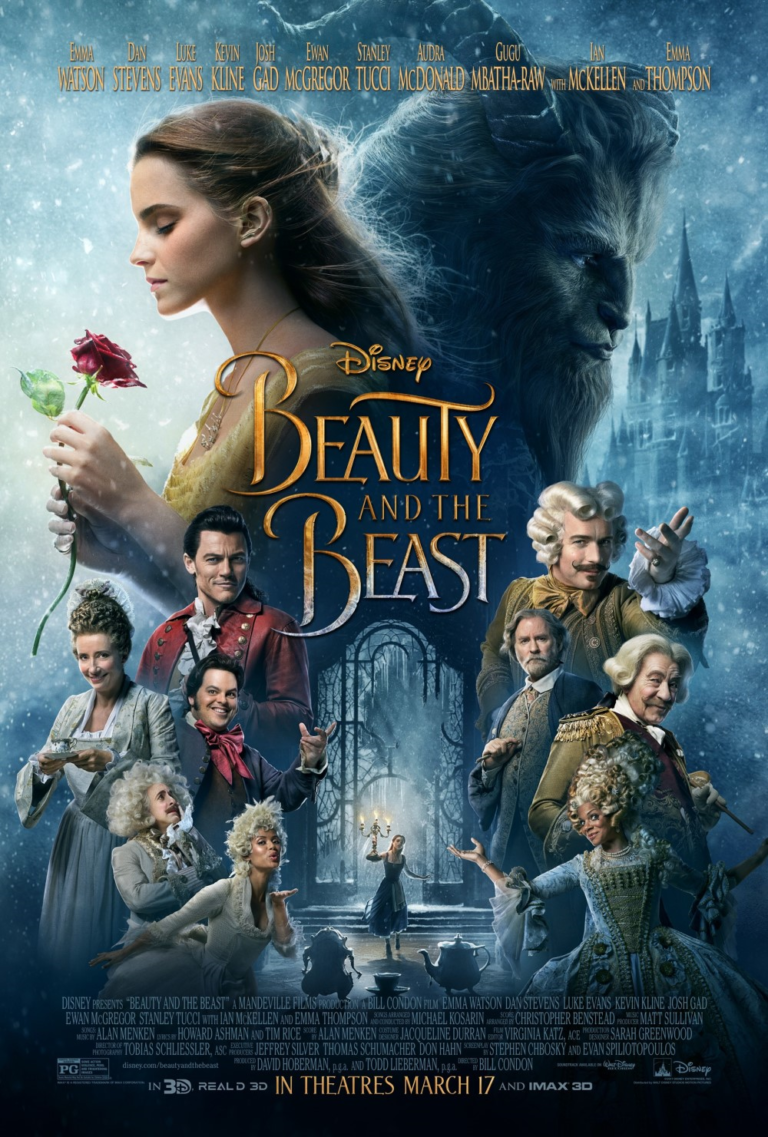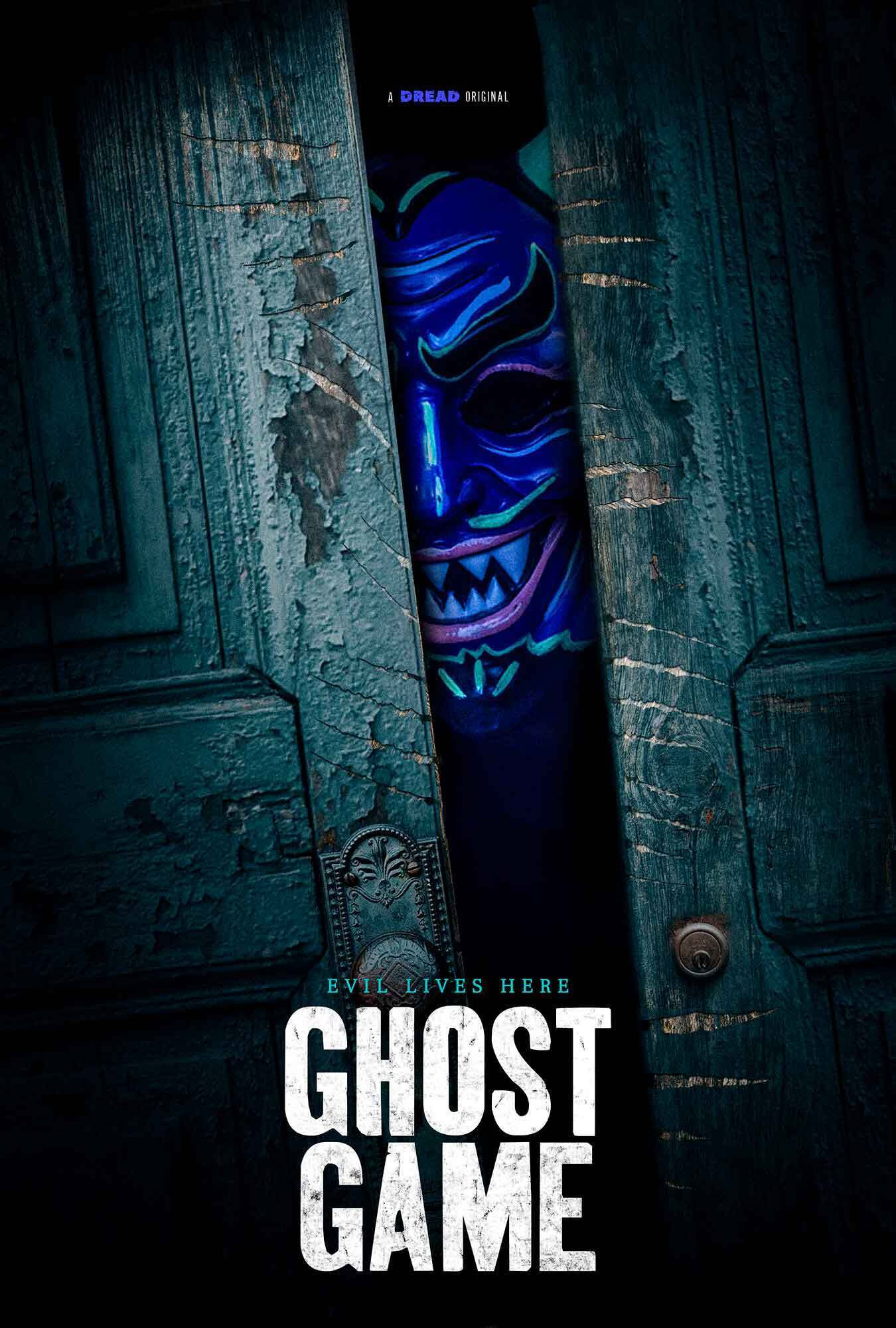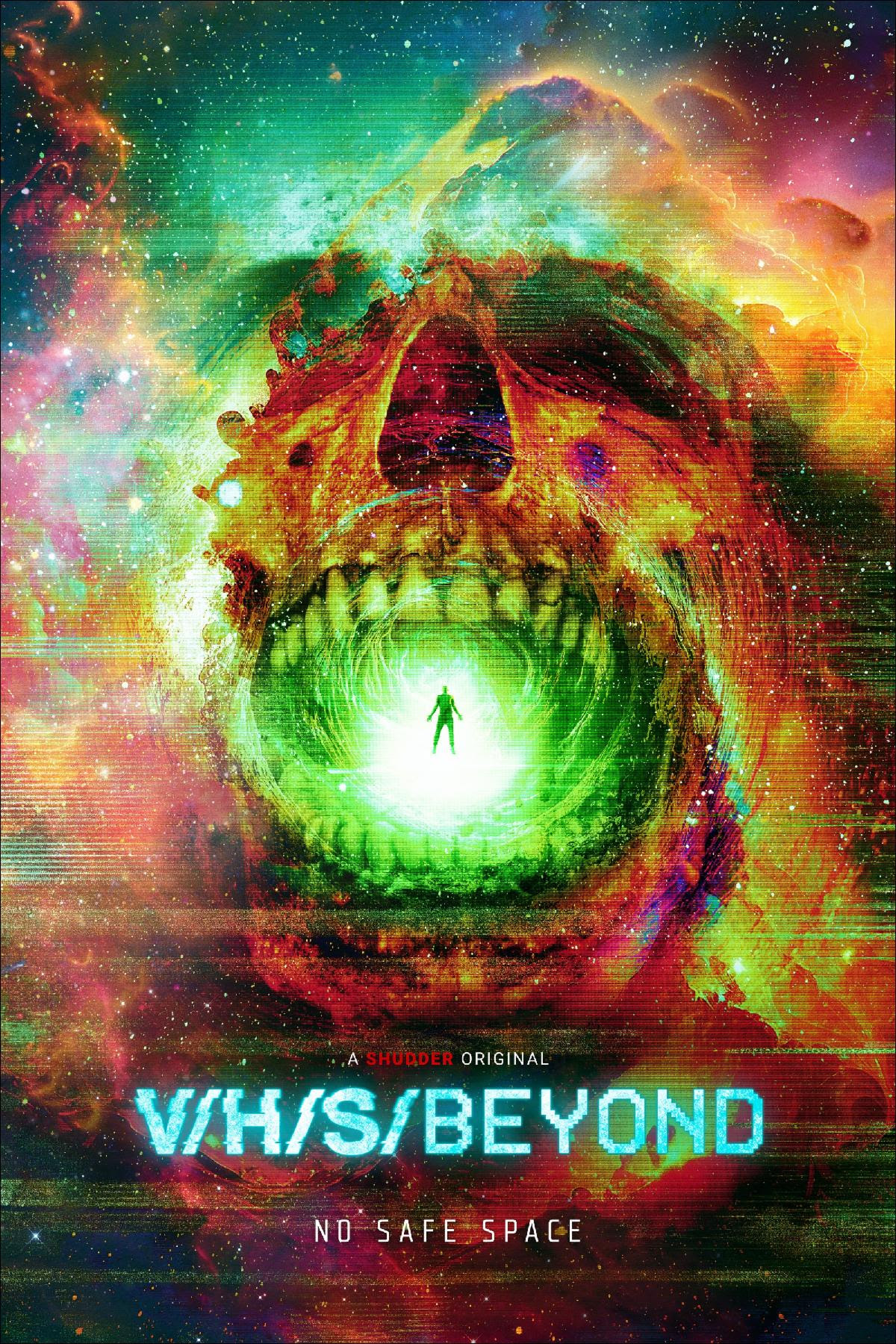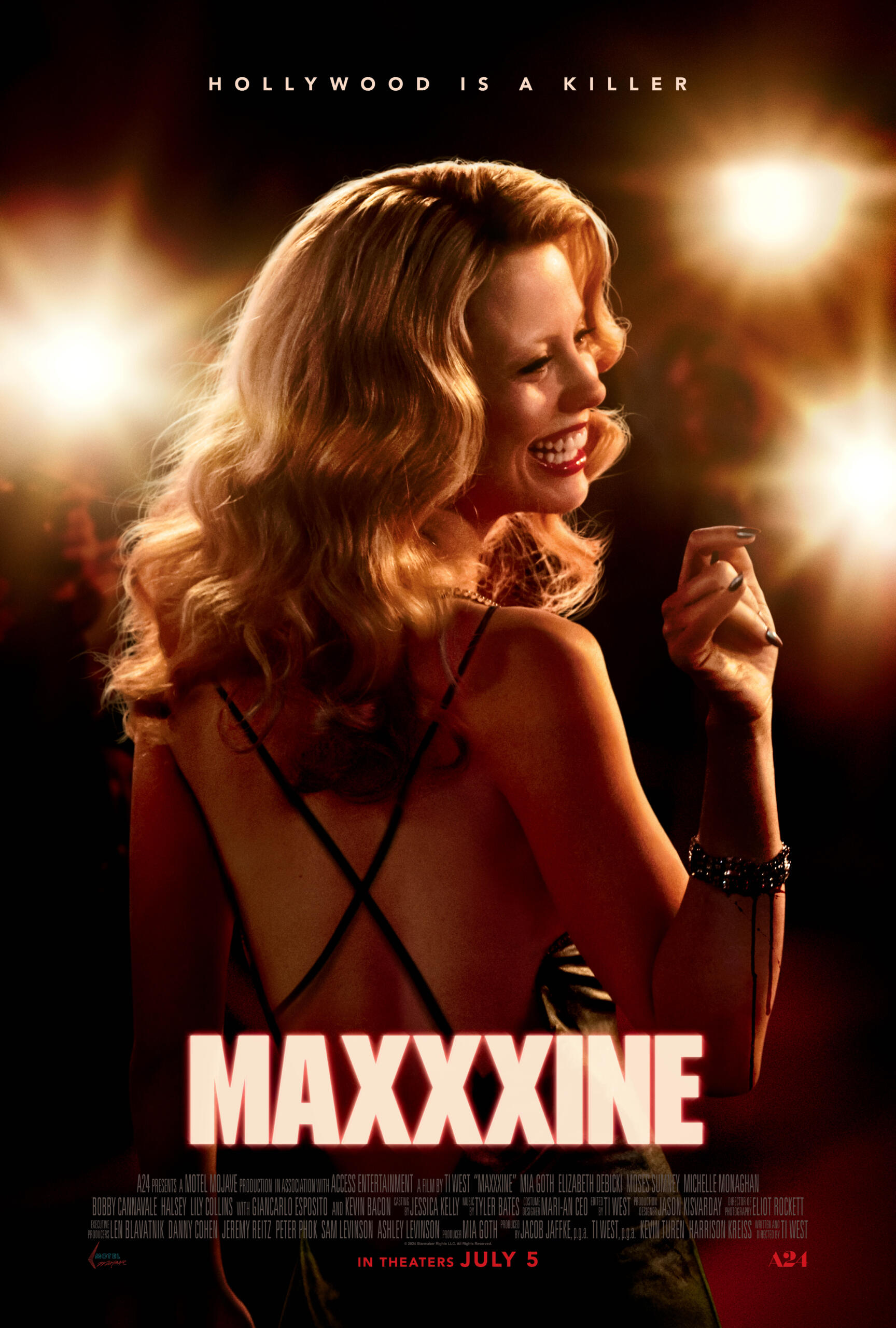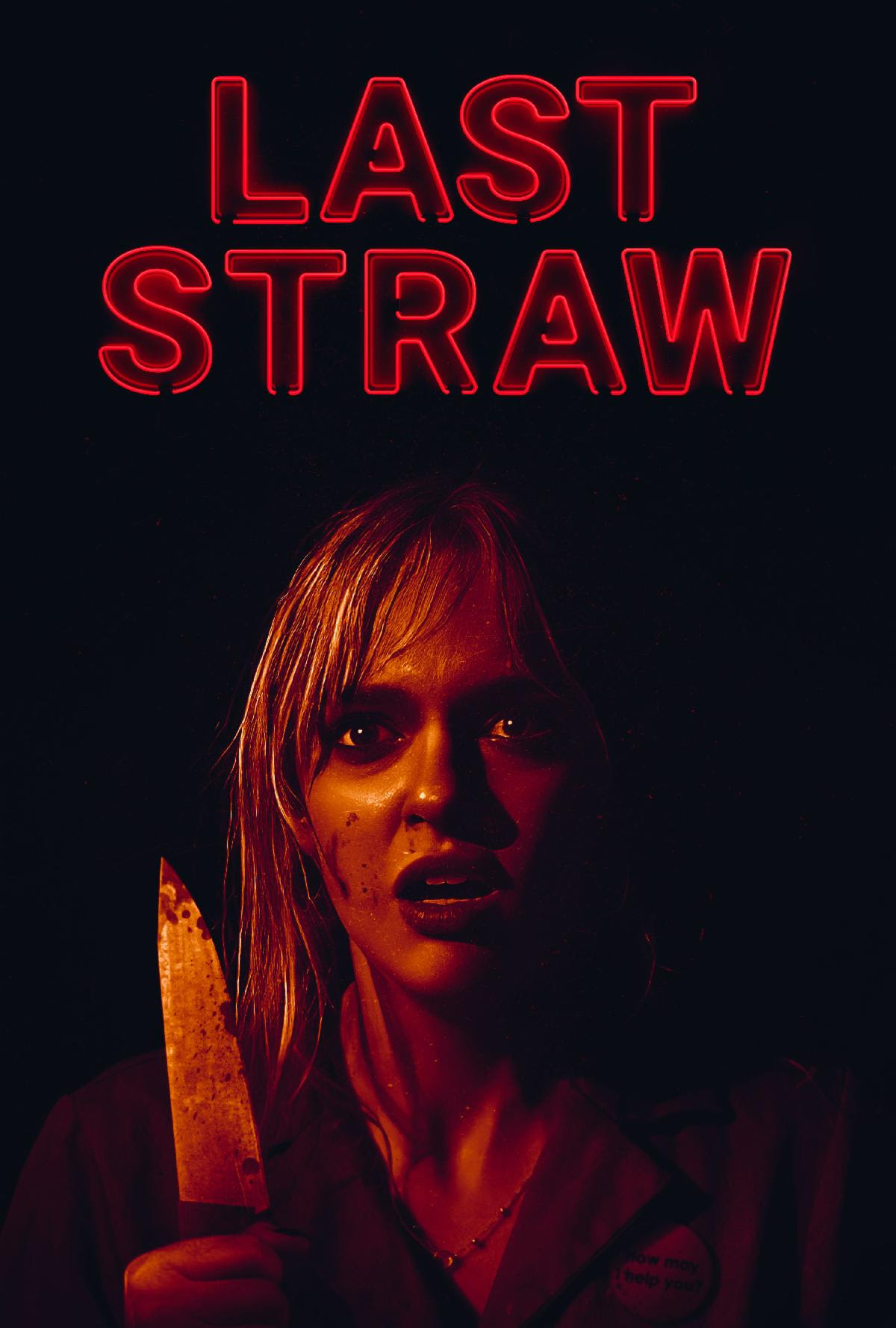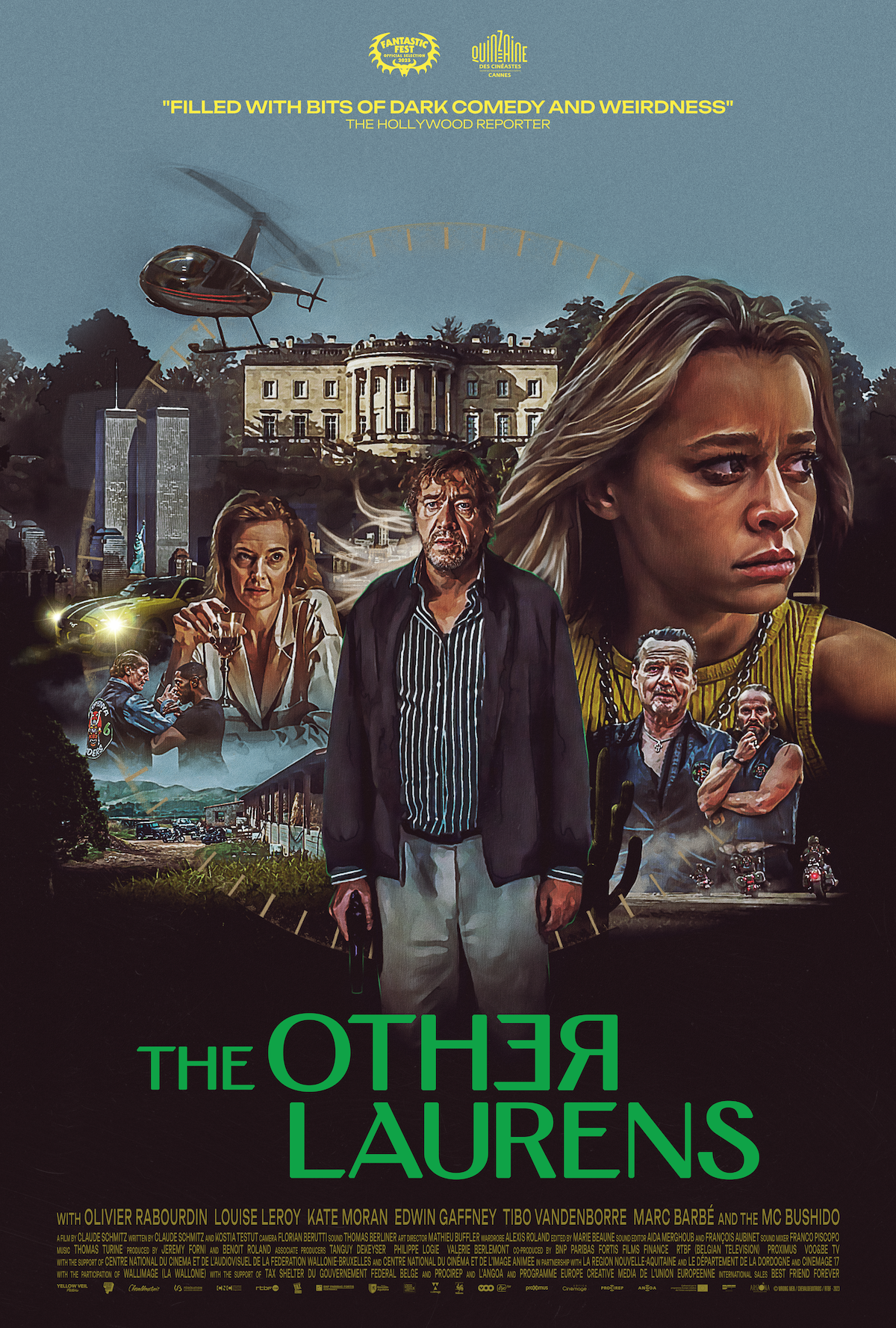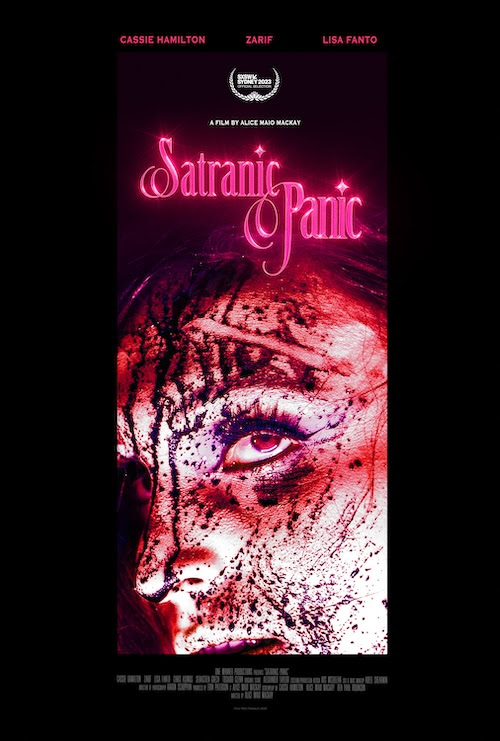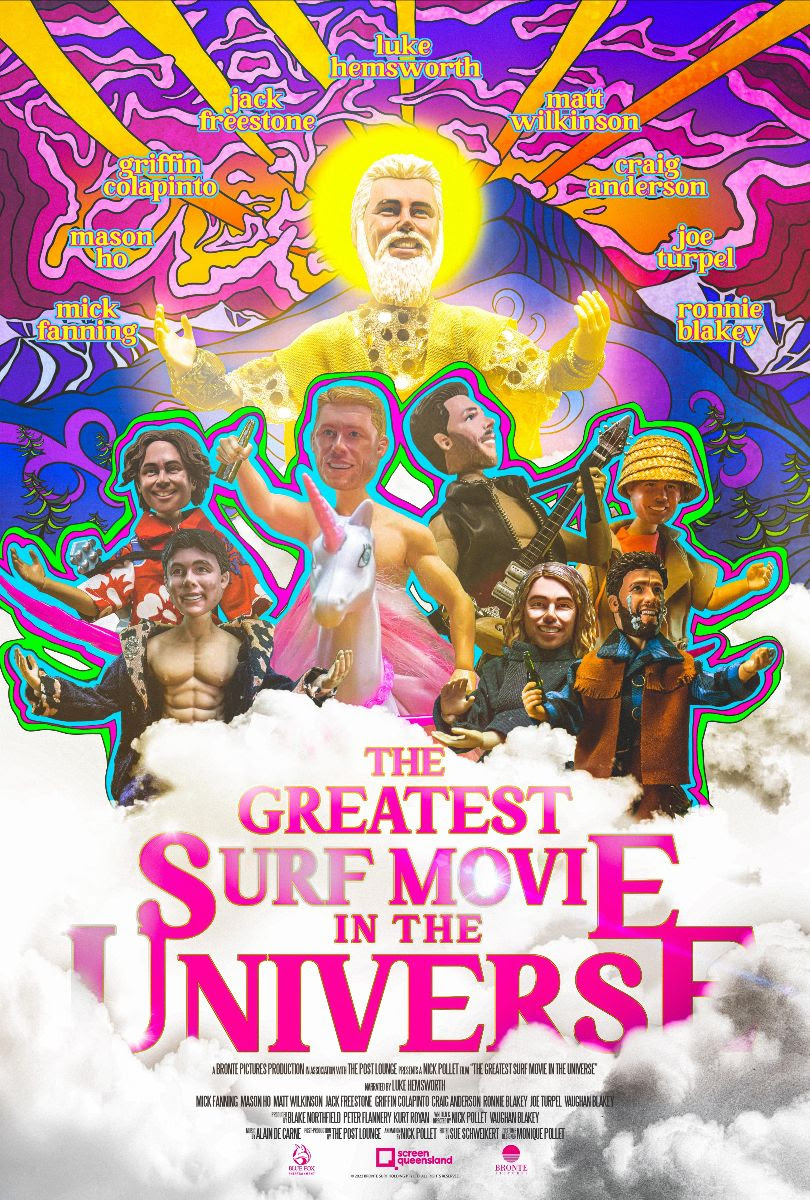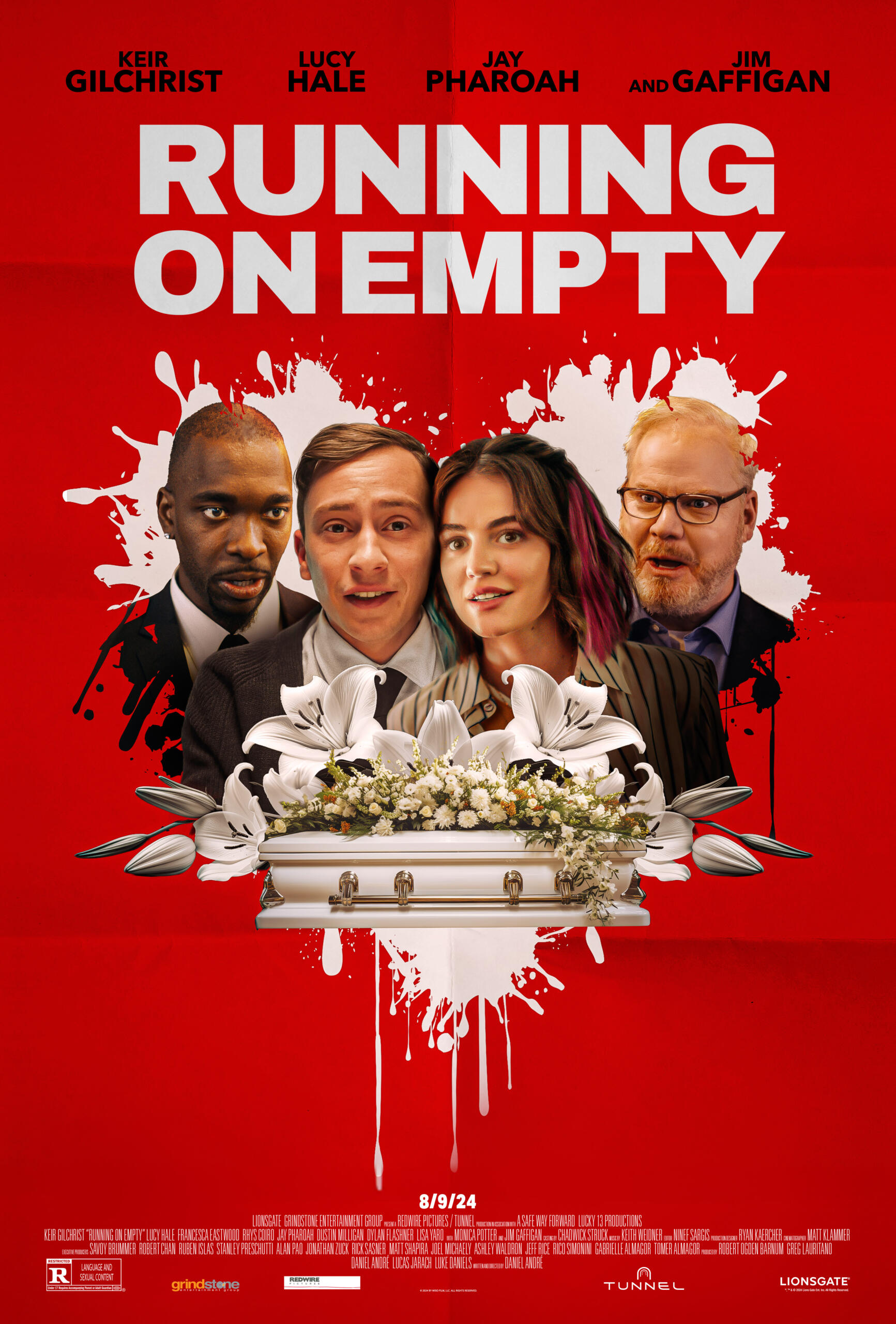Starring: Kia Dorsey, Zaen Haidar and Sam Lukowski
Directed by: Jill Gevargizian
Rated: NR
Running Time: 86 minutes
Dread
Our Score: 3 out of 5 Stars
Go on Youtube, TikTok, Instagram or whatever and you’ll find people doing a variety of bizarre challenges. Some are popular and mainstream like the ice bucket or cinnamon challenges, while others like the fire challenge cause harm and death. Then there’s the one in “Ghost Game,” staying overnight in occupied homes, harassing the residents as if you were a ghost.
Laura (Kia Dorsey) is one of its participants, generally completing these challenges with her bestie and partner-in-crime, Adrian (Sam Lukowski). The duo are underground internet celebrities of sorts, but that all comes apart when Laura’s boyfriend, Vin (Zaen Haidar) finds out about her extra curricular hobby and takes wedges his way into Adrian’s spot. That won’t stop Adrian from crashing Laura and Vin’s first challenge, a supposedly haunted house with a new family moving in, nor will it stop the chaos that unfolds.
Even though “Ghost Game” utilizes some GoPro POV and hidden house camera techniques, it benefits from traditional filmmaking to tell its story. In a lot of ways, the film throws out various horror film cliches, such as the haunted house with a deadly backstory, mysterious occurrences that Laura, Adrian and Vin can’t explain, or jump scares, in an effort to misdirect you constantly. The misdirect entertains while distracting from some of the film’s weaker constructs.
It’s not actually scary and the plot sometimes struggles to make sense. Outside of the misdirects, “Ghost Game” is elevated by relatable characters trapped in a tense, growing situation. And even though we like these characters, we do feel a bit of sick joy at their comeuppance. We already enjoy watching social media stars and others getting what’s due when performing dangerous and dumb stunts or challenges.
We wait for that retribution while watching the characters grow suspicious, which is really the meat of “Ghost Game.” Laura is competing in these challenges because life just isn’t fun unless you’re doing something dangerous and illegal, which speaks volumes about her relationship with Vin and Adrian. Without diving too much into the dynamic, Vin and Adrian represent two sides of Laura and she tries to reconcile that throughout the film. It’s the kind of emotional resonance we saw in Director Jill Gevargizian’s previous film “The Stylist.”
“Ghost Game” just doesn’t click as well as “The Stylist,” probably because Gevargizian didn’t write this one. Writer Adam Cesare seems to love genre mashing, but needs a nudge towards blending it into a more cohesive thriller. Despite its flaws, “Ghost Game” is an enjoyable haunted house romp with characters you could watch bicker for hours. If it’s premiere at 2024’s Panic Fest was any indication, it’s a crowd pleasing romp.
